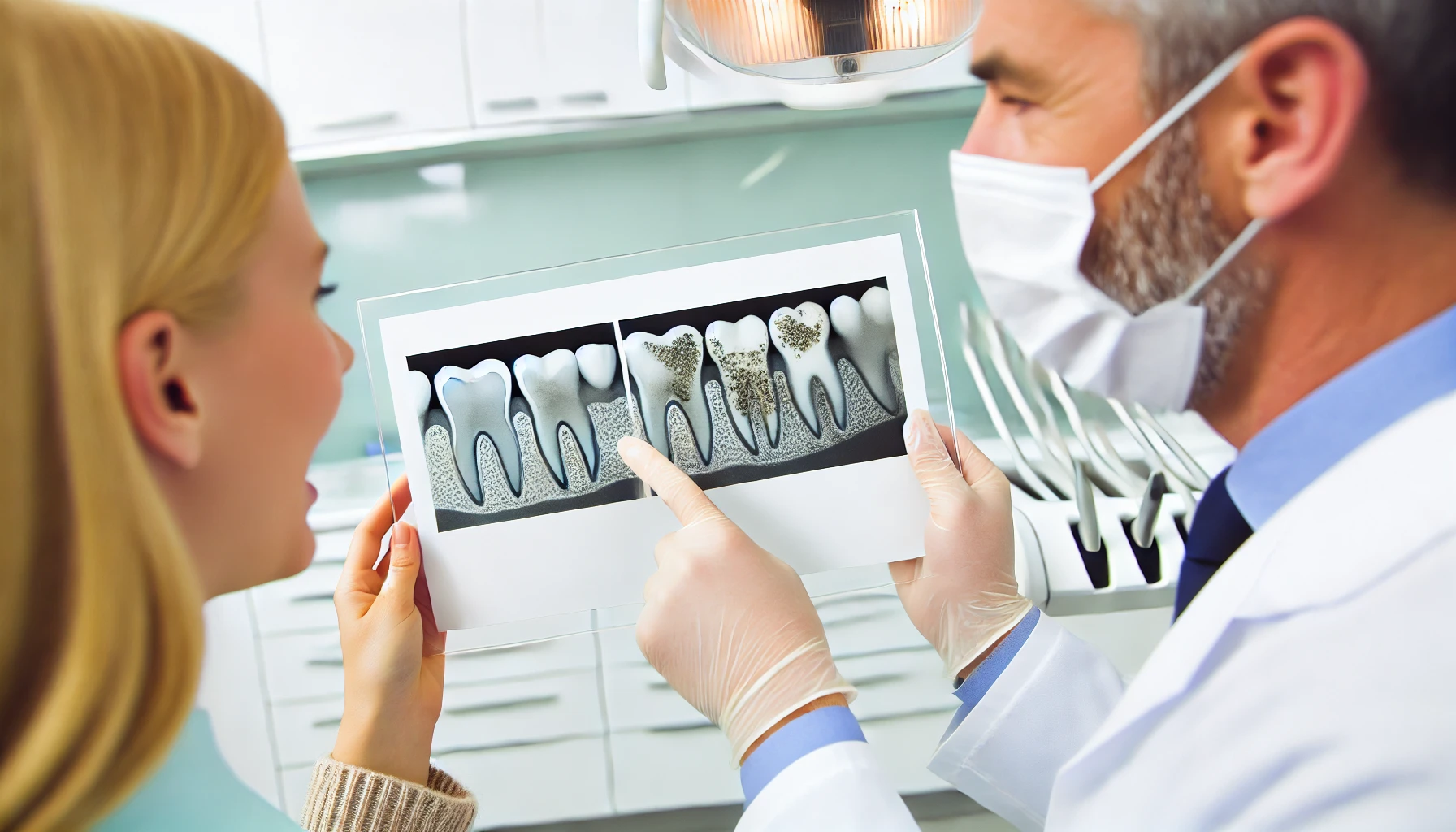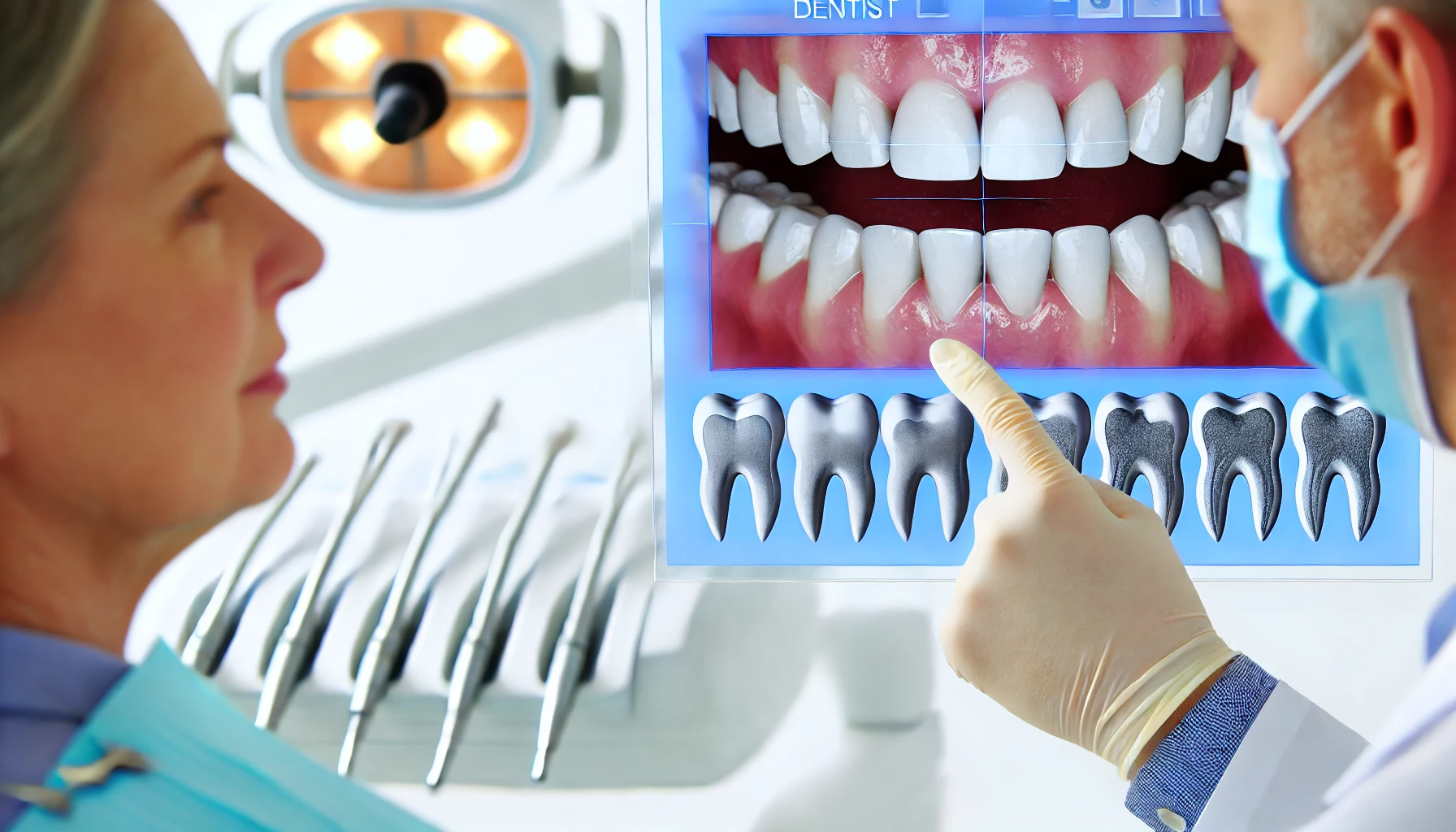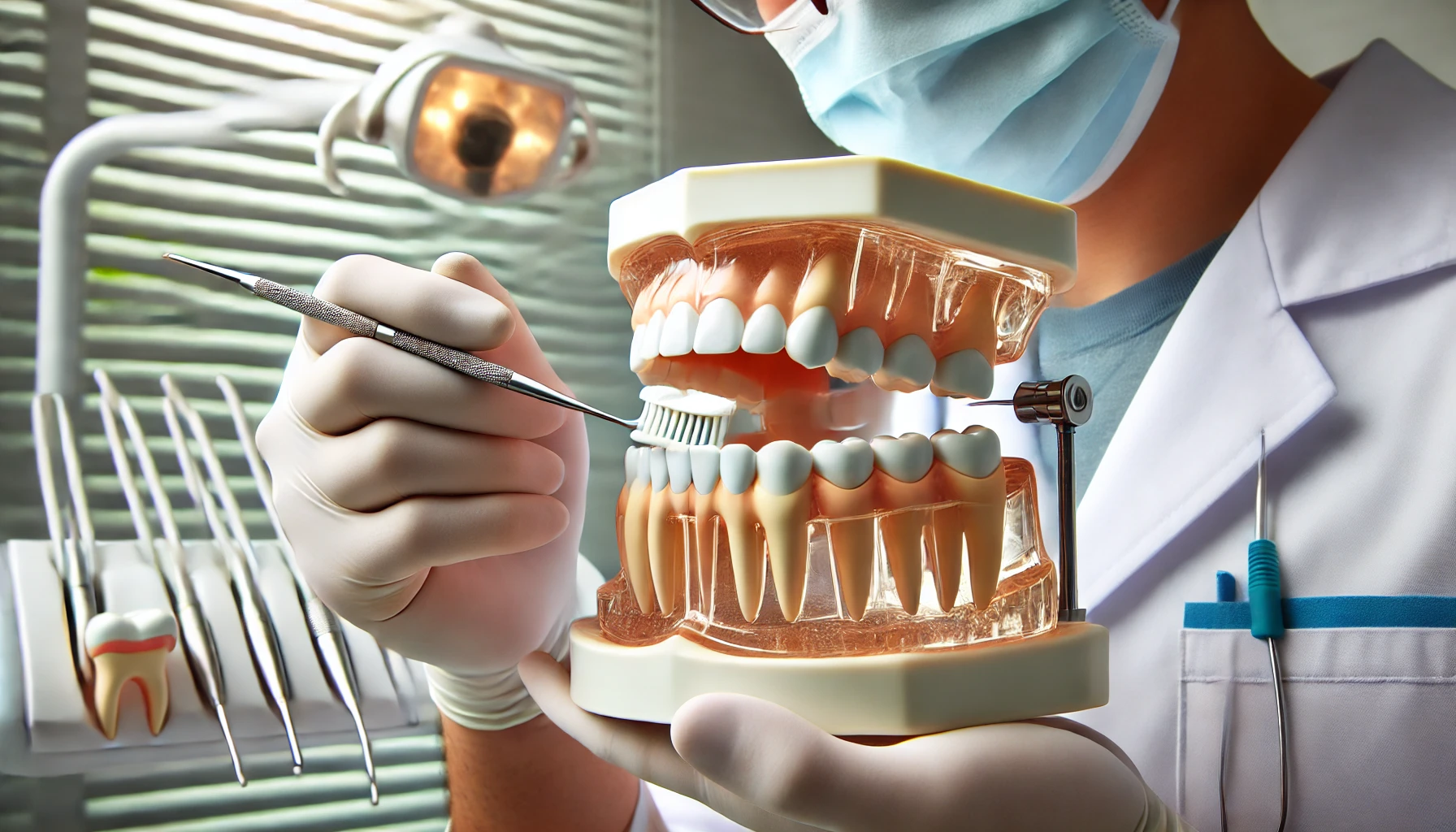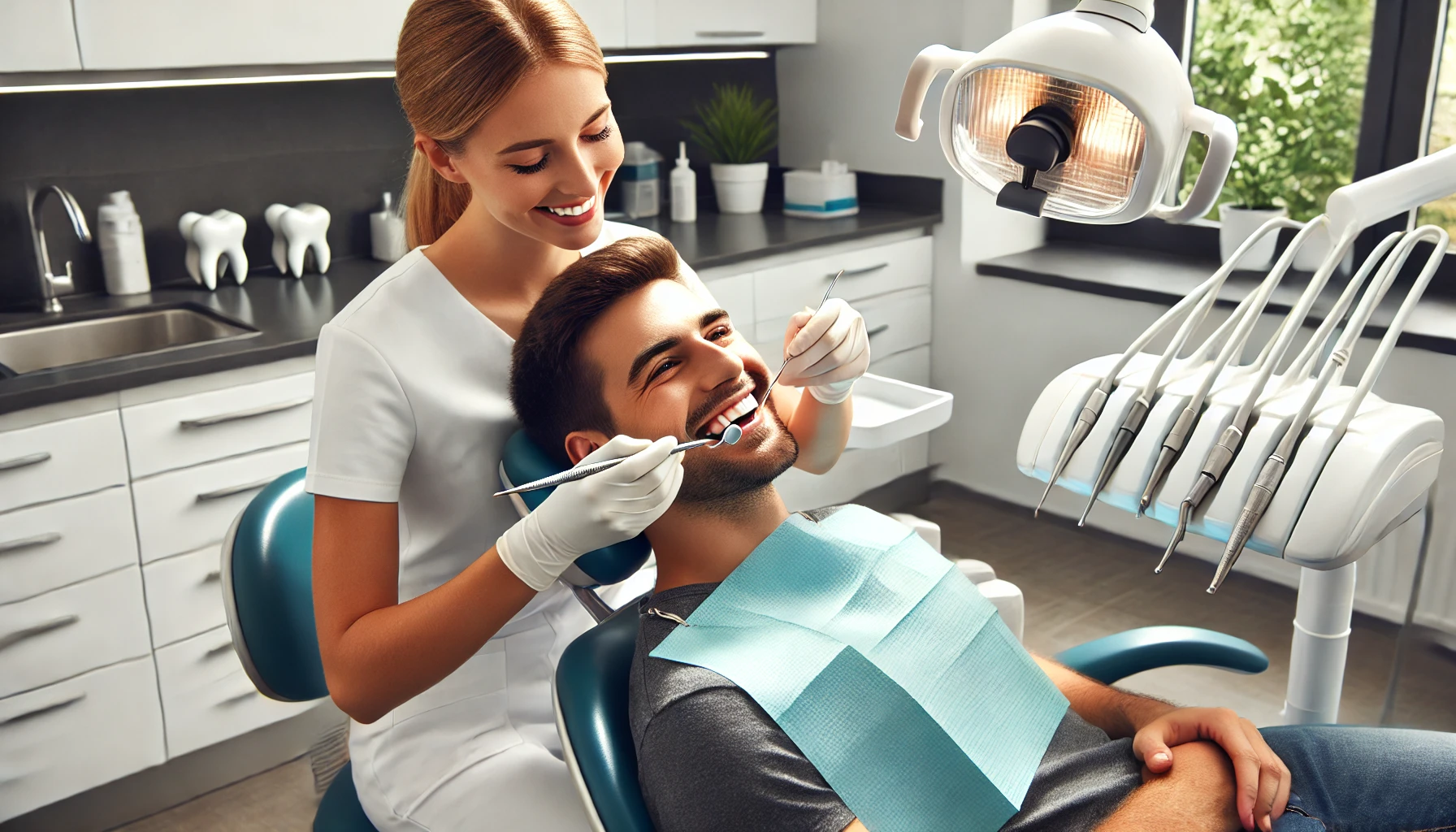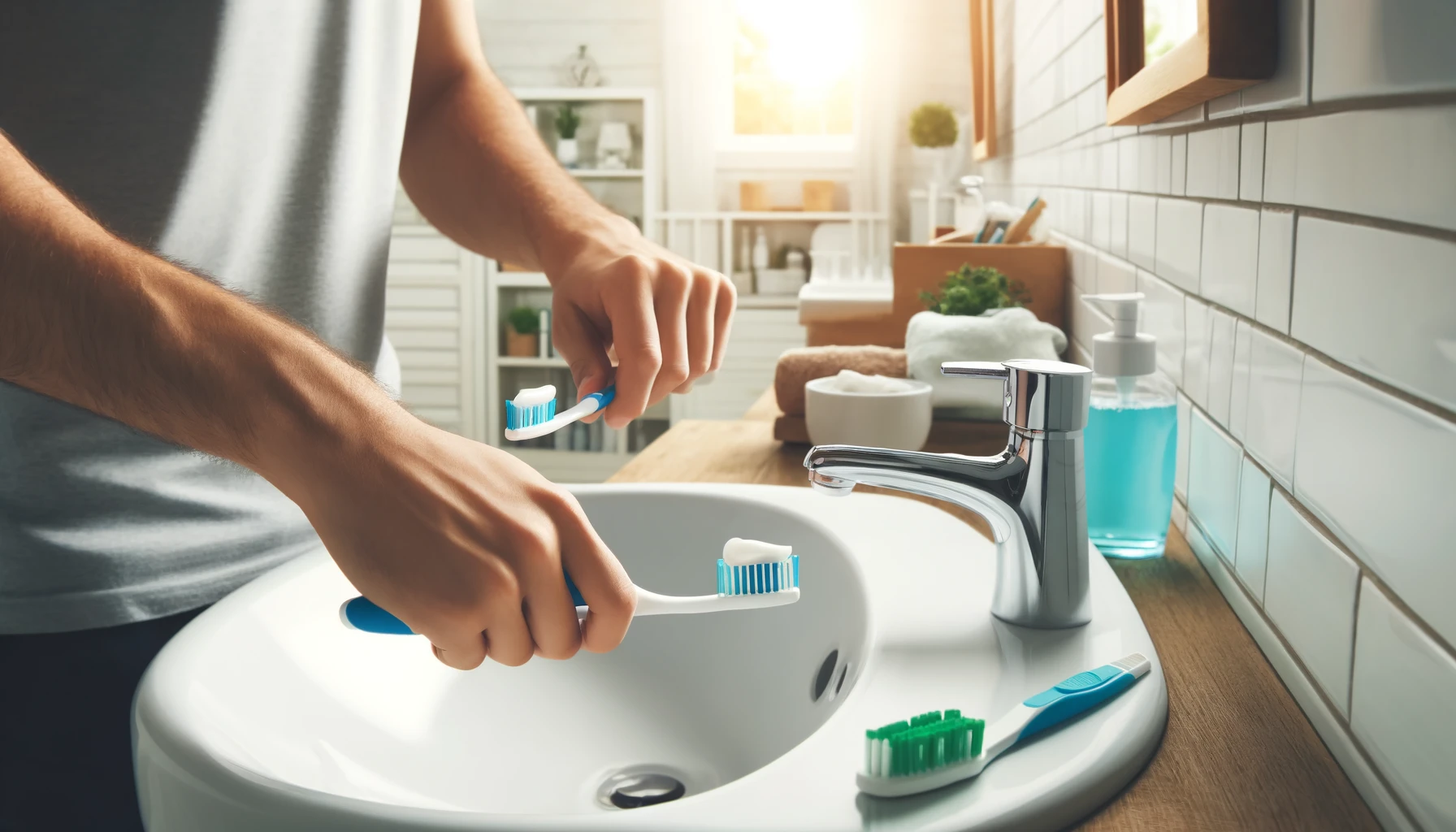Plaque buildup on your teeth is one of the leading causes of cavities, gum disease, and bad breath. Regular plaque removal is essential for maintaining a healthier smile and preventing dental problems.
This guide will explore the most effective methods for removing plaque, how to maintain optimal oral hygiene, and why plaque removal is crucial for your dental health.
Why is plaque harmful to your teeth and gums?
Plaque is a sticky, colorless film of bacteria that constantly forms on your teeth. If not removed regularly, it can harden into tartar, leading to tooth decay and gum disease like gingivitis. The acids produced by bacteria in plaque can erode tooth enamel and create cavities.
Furthermore, plaque buildup can cause gum inflammation, resulting in red, swollen gums that bleed easily.
Over time, this can progress to periodontitis, a severe gum disease that can damage the tissue and bone supporting the teeth, ultimately leading to tooth loss. Regular oral hygiene practices are essential to combat plaque and maintain oral health.
Best methods for effective plaque removal
To keep plaque buildup at bay, you should follow a proper oral hygiene routine that includes brushing, flossing, and using mouthwash. Here are some tips to ensure the most effective plaque removal:
- Brush twice a day: Brushing your teeth twice a day is crucial for removing bacteria and food particles from your teeth’s surface. Use fluoride toothpaste and brush in circular motions for two minutes.
- Floss daily: Flossing helps remove plaque from areas that your toothbrush cannot reach, such as between the teeth and under the gumline. It also prevents tartar buildup and reduces the risk of cavities.
- Use mouthwash: Rinsing with an antiseptic mouthwash helps kill bacteria and freshen your breath. It is an excellent addition to your daily oral hygiene routine.
- Scrape tongue: Plaque can also accumulate on your tongue, leading to bad breath. Use a tongue scraper or the back of your toothbrush to gently clean the surface of your tongue.
- Chew sugar-free gum: Chewing sugar-free gum after meals can help stimulate saliva production, which naturally cleanses your mouth and reduces plaque buildup.
Professional plaque removal: What to expect during a dental cleaning
During a professional dental cleaning, your dental hygienist will begin by examining your mouth with a small mirror to check for signs of gingivitis or other potential concerns.
The cleaning process typically starts with scaling, where the hygienist uses specialized tools to remove tartar and plaque from your teeth, both above and below the gumline.
This is followed by gritty toothpaste polishing, which helps eliminate remaining plaque and surface stains. Your hygienist might also floss between your teeth to ensure no debris remains. The session usually concludes with fluoride treatment, offering added protection against cavities.
Throughout the procedure, maintaining regular communication with your hygienist is important to address any discomfort and ensure a comfortable experience, ultimately contributing to your dental health.
How to prevent plaque buildup at home?
While professional dental cleanings are essential, taking preventive measures at home can significantly reduce plaque buildup and maintain a healthy smile. Here are some tips to keep plaque at bay:
- Limit sugary and starchy foods: Bacteria in your mouth thrive on sugar and starches, leading to an increased risk of plaque buildup. Limiting these foods can help prevent plaque formation.
- Drink plenty of water: Drinking water after meals or snacks helps rinse away food particles that can contribute to plaque formation.
- Eat high-fiber fruits and vegetables: Fruits and vegetables with high fiber content help stimulate saliva production, which naturally cleanses your mouth and reduces plaque buildup.
- Quit smoking: Tobacco use can increase plaque and tartar buildup, leading to oral health problems. Quitting smoking or using tobacco products is crucial for maintaining a healthy smile.
Here are the key methods to help you remove plaque effectively and maintain a healthier smile:
- Brush twice daily: Use a soft-bristled toothbrush and fluoride toothpaste to remove plaque that forms on your teeth after meals.
- Floss regularly: Flossing helps clean between your teeth where the toothbrush can’t reach, preventing plaque from accumulating.
- Use an antibacterial mouthwash: Rinse your mouth with an antibacterial mouthwash to kill bacteria that contribute to plaque formation.
- Maintain a healthy diet: Reduce sugary snacks and drinks, which contribute to plaque formation. Eating a balanced diet helps keep your teeth strong and free from plaque.
- Visit your dentist regularly: Professional cleanings remove stubborn plaque and tartar that regular brushing and flossing can’t eliminate.
Summary
Plaque removal is a critical part of maintaining a healthier smile and preventing dental problems like cavities and gum disease. By incorporating daily habits such as brushing, flossing, and using mouthwash, along with regular dental visits, you can effectively keep plaque at bay.
Taking these steps not only improves your oral health but also contributes to your overall well-being.
Questions and Answers
What is plaque, and how does it form?
Plaque is a sticky film of bacteria that forms on your teeth after eating and drinking. That bacteria feeds on sugar and produces acids that can damage your teeth.
How often should I brush and floss to prevent plaque?
You should brush at least twice a day and floss once daily to effectively remove plaque from your teeth and between them.
Can I remove plaque at home?
Yes, daily brushing and flossing can remove soft plaque. However, hardened plaque, or tartar, requires professional cleaning by a dentist.
What foods contribute to plaque buildup?
Sugary and starchy foods are the primary culprits. Reducing these in your diet can help limit plaque formation.
How does professional plaque removal work?
During a professional cleaning, your dentist uses special tools to remove stk plaque and tartar buildup, particularly in areas you can’t reach at home.
Is it necessary to use mouthwash for plaque removal?
Using an antibacterial mouthwash can help kill bacteria that contribute to plaque formation, making it a helpful addition to your oral care routine.
How does plaque lead to gum disease?
If plaque isn’t removed, it hardens into tartar, which can irritate the gums and lead to gingivitis, the first stage of gum disease.
Can plaque cause bad breath?
Yes, plaque buildup can harbor bacteria that produce unpleasant odors, contributing to bad breath.
How can I prevent plaque from building up between dental visits?
Maintaining a regular brushing and flossing routine and attending dental check-ups every six months will help prevent plaque buildup.
Is there a specific toothbrush recommended for plaque removal?
A soft-bristled toothbrush, whether manual or electric, is recommended to effectively remove plaque without damaging your enamel or gums.


